Tl; dr;
- Objective-driven analysis: Set clear, specific objectives to guide your market analysis, ensuring the data collected directly informs strategic decisions for product marketing.
- Market segmentation: Understand and segment your market to tailor your product and marketing efforts, effectively addressing the unique needs of different customer groups.
- Use surveys for strategy: Employ marketing surveys to inform various facets of your product marketing strategy, from crafting your unique value proposition to testing market perceptions and adapting to customer feedback for continual improvement.
- Adaptability is key: Continuously monitor market trends and adapt your strategy, maintaining relevance and competitiveness as the market evolves.
- Go-to-Market strategy: Develop a customer-centric Go-to-Market (GTM) strategy that outlines how to reach your target audience, communicate your value proposition, and effectively deliver your product to the market.

What is product marketing strategy?
A product marketing strategy guides a product from launch to growth and maturity. Market research, competitive analysis, and customer insights are used to find the target audience, run product positioning, and craft effective marketing tactics.
This strategy relies on understanding customer needs and the competition to make the product stand out. Key elements include setting the right price, creating a strong message and brand, and choosing the best distribution channels for impact.
Product marketing strategy should support the company's overall goals and be flexible to respond to customer feedback and changing trends. It's a careful blend of creativity and analysis, aiming to connect with customers and meet sales targets.
Why is product marketing strategy important?
- Aligns with consumer needs: It ensures marketing initiatives resonate with the target audience, increasing the effectiveness of promotional activities.
- Integrates business goals: A product marketing strategy aligns with overarching business objectives, streamlining efforts towards common company targets.
- Builds brand awareness: It is crucial for establishing and enhancing brand recognition, making the product a familiar name among potential customers.
- Drives demand generation: The strategy drives product demand by highlighting unique features and benefits, crucial for capturing market share.
- Gives your product a competitive edge: A solid strategy positions the product distinctively against competitors, essential in crowded marketplaces.
- Impacts sales (positively): Directly linked to revenue, the right product marketing strategy can significantly boost sales and profitability.
How should you analyze the market?
To develop a product marketing strategy that resonates with consumers and stands out from the competition, you must understand your market. Here's how to run a comprehensive market analysis that will provide a foundation for informed strategic decisions.
- Define clear objectives: Before diving into market analysis, establish clear goals. Determine what you need to know about the market to inform your product marketing strategy, such as customer demographics, buying patterns, or competitive positioning and messaging.
- Segment your market: Break down the market into segments to understand the specific needs and behaviors of different customer groups. This helps in tailoring your product and marketing efforts to the most receptive audiences.
- Use a mix of data sources: Combine primary research (like surveys and interviews) with secondary research (such as industry reports and competitor data) to gain a comprehensive market view.
- Analyze competitors: Conduct a thorough competitive analysis to identify your competitors' strengths and weaknesses. Understand their strategies, market share, and customer perceptions to find gaps and opportunities for your product.
- Continuously monitor and adapt: Market conditions are always changing. Regularly update your market analysis to reflect new trends, customer feedback, and competitive movements. Use these insights to adapt your product marketing strategy accordingly.
Conducting a comprehensive SWOT analysis
A SWOT analysis is a strategic tool that evaluates the Strengths, Weaknesses, Opportunities, and Threats related to business competition or project planning. This method is a core part of developing a product marketing strategy.
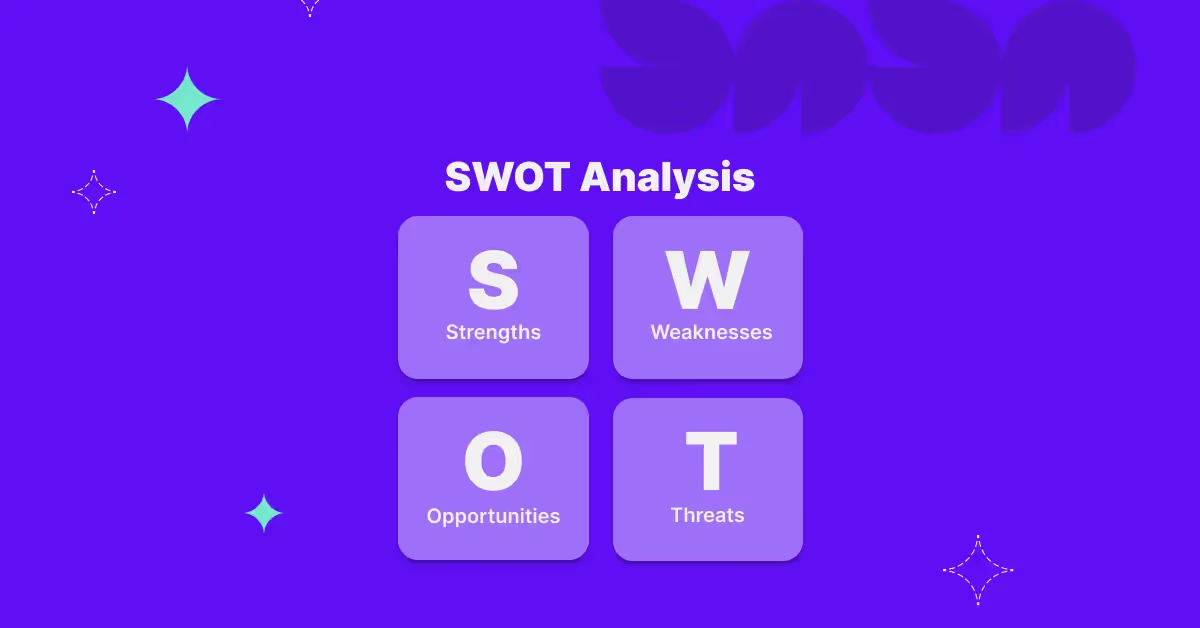
Assessing strengths

Unique advantages: Identify what your product does better than anyone else's.
Resource capabilities: Consider your company's skills, technology, and network.
Market position: Evaluate your current market standing and customer loyalty.
Identifying weaknesses

Improvement areas: Acknowledge where your product or strategy may fall short.
Resource limitations: Be honest about any financial, operational, or human resource constraints.
Competitive disadvantages: Recognize areas where rivals outperform your product.
Exploring opportunities
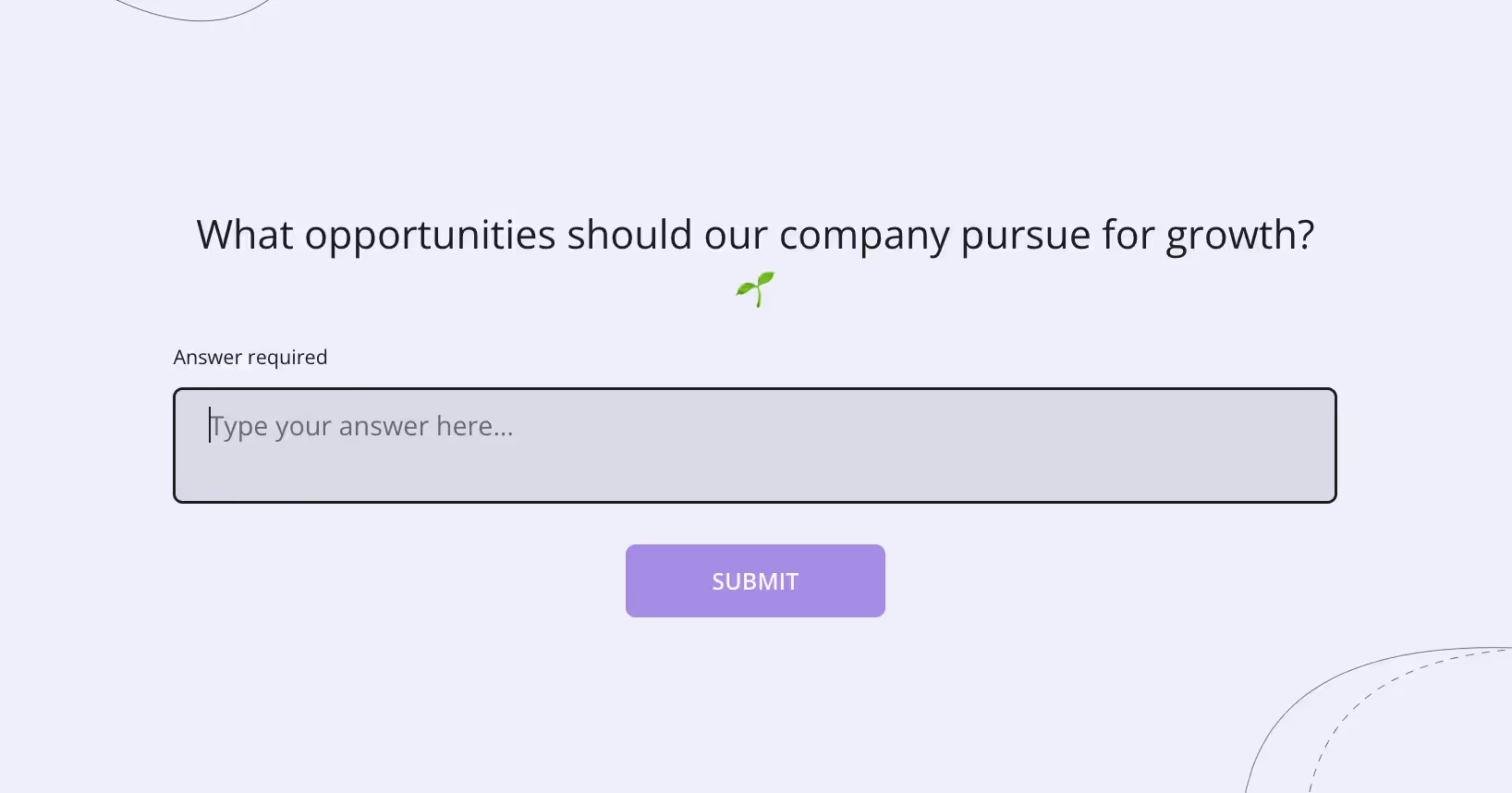
Market trends: Look for emerging trends that align with your product's strengths.
Customer needs: Identify unmet needs or pain points that your product could resolve.
Strategic partnerships: Consider alliances that could expand your reach or capabilities.
Evaluating threats
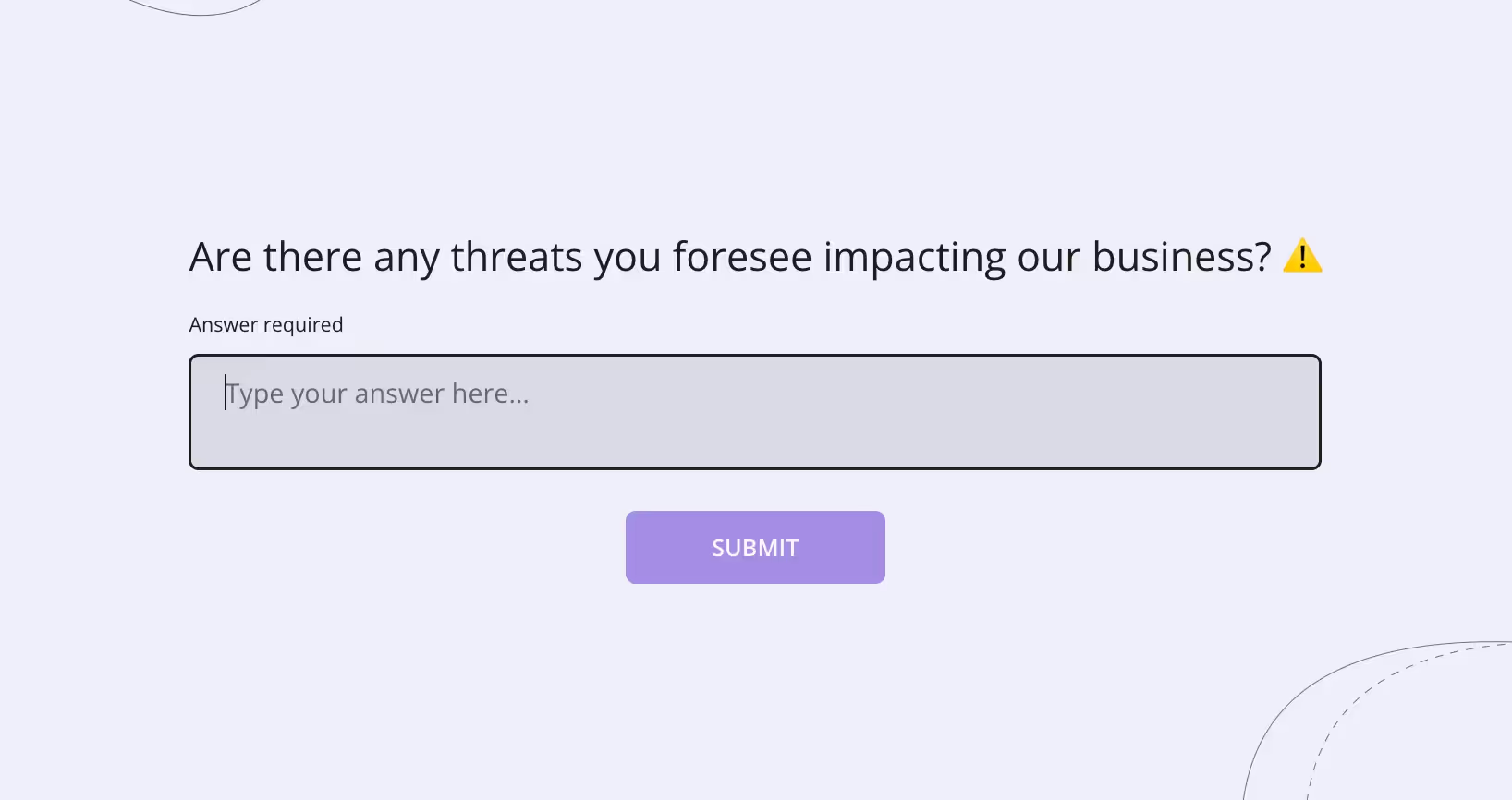
Competitive actions: Stay aware of competitors' moves that could impact your market share.
Market changes: Monitor shifts in customer preferences or technological advancements.
External factors: Consider economic, political, or regulatory changes that could pose risks.
A well-executed SWOT analysis provides a clear picture of where your product stands and what external factors could impact its success.
5 tips to run a smooth SWOT analysis
1. Assemble a diverse team
Gather individuals from various departments, such as marketing, sales teams, customer service, and product development, to gain various perspectives. Encourage the group to have an open dialogue and give honest feedback to ensure a comprehensive analysis.
2. Conduct in-depth research:
Use both primary and secondary research methods to collect data on market trends, customer feedback, and competitor strategies. Analyze customer reviews and social media to understand public perception and identify areas for improvement.
3. Prioritize findings:
Not all SWOT elements are equally important. Rank each point based on its potential impact on your product marketing strategy. Focus on the most significant strengths and opportunities that can be leveraged and the most critical weaknesses and threats that need attention.
4. Develop actionable strategies:
For each SWOT element, brainstorm specific, actionable strategies to exploit strengths and opportunities or to address weaknesses and threats. Ensure these strategies are realistic, within your resources, and aligned with your business objectives.
5. Review and update regularly:
Treat the SWOT analysis as a living document; revisit and update it regularly as market conditions and competitive landscapes evolve. Use the SWOT analysis to track progress on your strategies and make adjustments as necessary to stay on course with your product marketing goals.
Pinpointing your target audience
Developing buyer personas
Creating a detailed buyer persona is essential for understanding and connecting with your target audience.

Demographic information: Start building your buyer persona with basic demographics such as age, gender, income, education, and job title.
Psychographics: Dive into the interests, values, and lifestyle choices influencing buying decisions.
Behavioral traits: Identify how your buyer personas discover products, their buying process, and what drives their loyalty.
Pain points: Pinpoint the specific problems or challenges your buyer personas face that your product can solve.
Sources of information: Determine where your buyer persona typically gets their information, such as specific websites, forums, or social media channels.
With buyer personas, you can tailor your marketing strategy to speak directly to the needs, behaviors, and concerns of different market segments. This targeted approach increases the relevance and effectiveness of your marketing efforts, leading to higher engagement and conversion rates.
Creating user persona
User personas are fictional representations of your target customers. They help in shaping a marketing strategy that resonates with your audience. Here's a quick checklist on how to create them:
Collect customer data: Start with data collection through surveys, interviews, and analytics to understand who your customers are.
Segment by behavior: Group your audience by their buying behavior patterns, preferences, and engagement with your brand.
Detail personas: For each persona, detail their demographics, job roles, challenges, goals, and the solutions they seek.
Empathy mapping: Use empathy maps to explore the persona's world—what they think, feel, see, and do.
Persona stories: Create narratives describing a day in each persona's life, focusing on how your product fits into their daily routine.
Crafting user personas guides the development of targeted content, product development, and customer service strategies, ensuring that all facets of your product marketing are aligned with the needs and desires of your target customers.
Crafting your strategic positioning and messaging
With your target audience and market needs already defined, crafting a positioning statement becomes a focused exercise in articulating your product's unique place in the market.
As Emma Stratton, Founder of Punchy, puts it:
"Great positioning is strategic. It’s making that decision that we’re going to stand for this in the market. It’s going all-in on the fact that we are the fastest solution for our customers or we are the easiest solution for IT directors. It should be something very tight." [source]
Distill your Unique Selling Proposition (USP)
Identify key attributes: List your product's top features and attributes directly addressing the market need.
Evaluate competitors: Understand how competitors position themselves and identify gaps your product fills.
Synthesize USP: Distill this information into a statement that encapsulates why your product is the superior choice.
Translate features into benefits
Feature to benefit conversion: For each key feature, ask "So what?" to translate it into a clear benefit for prospective customers.
Prioritize benefits: Rank these benefits in order of importance to your target audience.
Integrate emotional drivers ⤵️
Beyond functionality: Recognize the emotional appeal of your product—how does it make users feel?
Emotional benefits: Weave emotional drivers into your product positioning to connect on a deeper level with your audience.
Refine your positioning language
Simple language: Use clear, jargon-free language that resonates with your audience.
Be specific: Avoid vague statements; be as specific as possible to create a vivid picture of your product's value.
Test and validate
Gather feedback: Share your draft positioning statement with stakeholders and a sample of your target audience.
Refine accordingly: Use the feedback to fine-tune the language and focus of your positioning statement.
Build messaging upon your positioning
Positioning and messaging are inseparable elements of a good product marketing strategy. And once your product's positioning is clear, it's time to craft messaging that echoes this unique stance.
"Messaging is what you’re going to say to bring the positioning to life, and that will vary depending on the channel, medium, audience and goals of each piece of content. But it will always map back to the concepts you’ve outlined in the positioning."
Emma Stratton, Founder of Punchy [source]

Align message with position: Ensure every piece of messaging reflects your positioning statement.
Consistent communication: Use the key elements of your positioning to maintain consistency across all marketing materials.
Tailor to target audiences: Adapt the language to suit your target audience's communication style and preferences.
Highlight key benefits: Focus on the benefits that matter most to your existing customers, ensuring they are front and center in your messaging.
Effective messaging reinforces your product's position, making it memorable and compelling to your target market.
Product-Market fit
Achieving product-market fit is a critical component of a successful product marketing strategy. It refers to the degree to which a product satisfies a strong market demand and is often seen as a key indicator of a company's potential for long-term growth.
Quoting Marc Andreessen, co-founder of Andreessen Horowitz:
"Product/market fit means being in a good market with a product that can satisfy that market."
Here are the steps to ensure your product achieves and maintains product-market fit:
Understand your target market
Market/customer research: Conduct in-depth research to gain insights into your target market's needs, preferences, and pain points.
Customer feedback: Engage with early adopters and gather feedback to understand what they value in your product.
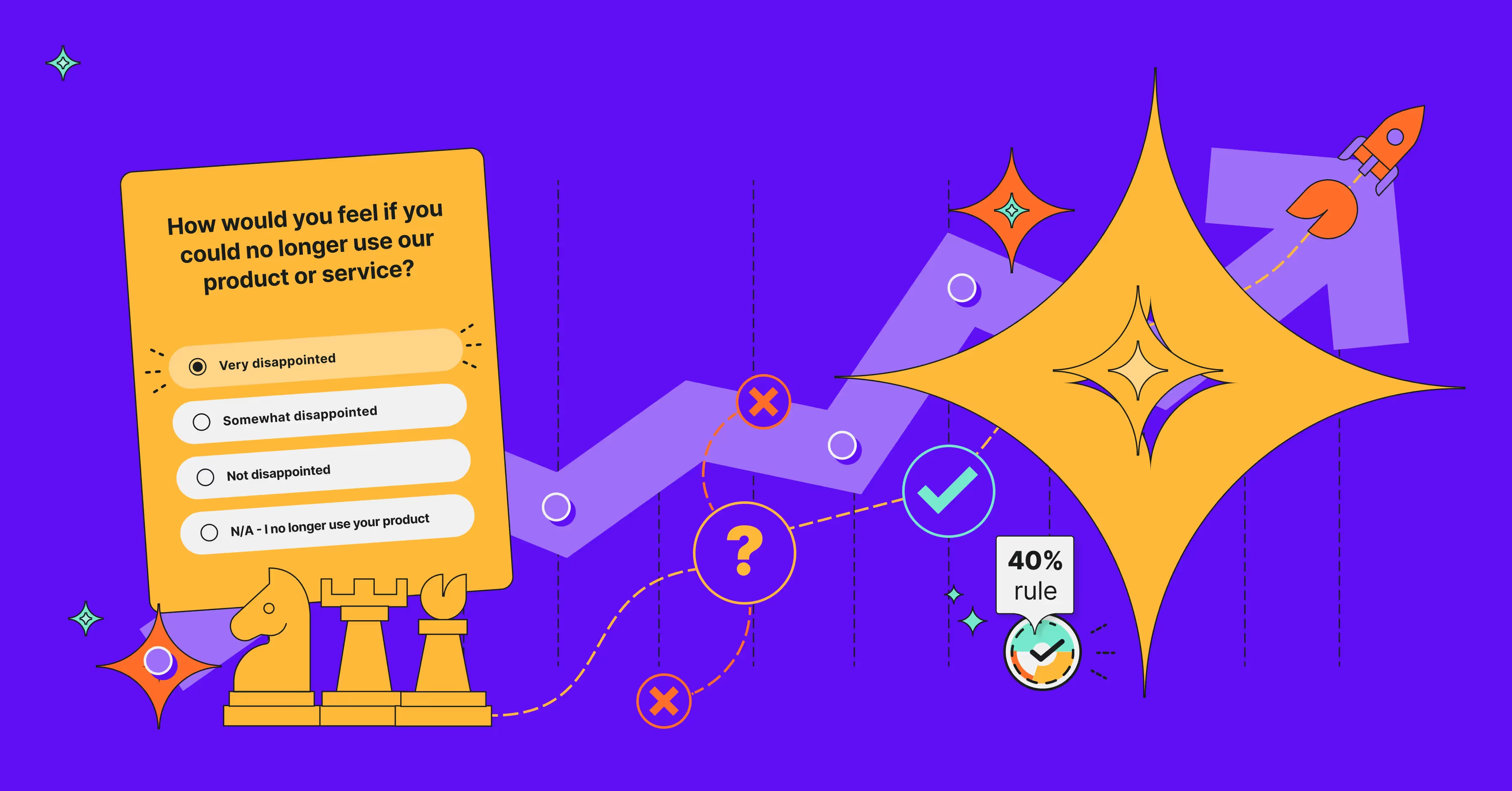
Refine your product
Iterate based on feedback: Use customer insights to continuously improve your product. This might involve adding new features, refining existing ones, or removing unnecessary components.
Align with customer needs: Ensure that your product's value proposition directly addresses the needs and wants of your target market.
Validate fit
Usage metrics: Track how customers are using your product and the context in which they use it. High engagement levels are a good indicator of product-market fit.
Growth metrics: Monitor growth metrics such as customer acquisition cost, lifetime value, churn rate, and organic growth.
Communicate value
Marketing messages: Craft marketing messages that clearly articulate your product's benefits and how it meets market needs.
Educate your audience: Create informative content that helps potential customers understand the value of your product.
Scale strategically
Expand gradually: Once you have product-market fit, scale your marketing efforts gradually to avoid overextending your resources.
Adapt to market changes: Stay attuned to market changes and be ready to pivot your strategy to maintain product-market fit.
Achieving product-market fit is not a one-time event but a continuous process. As markets evolve, so must your product and marketing strategies to stay relevant and continue to meet customer needs effectively.
Navigating through pricing strategies
Choosing a pricing strategy is a critical decision in your product marketing strategy. It affects how your product is perceived and can determine your market share and profitability.
Overview of pricing models
Selecting the best pricing strategy for your product or service depends on several factors, including your market position, cost structure, customer value perception, and competitive environment. Here's a guide to help you decide which pricing strategy might be best suited for different types of products or services:
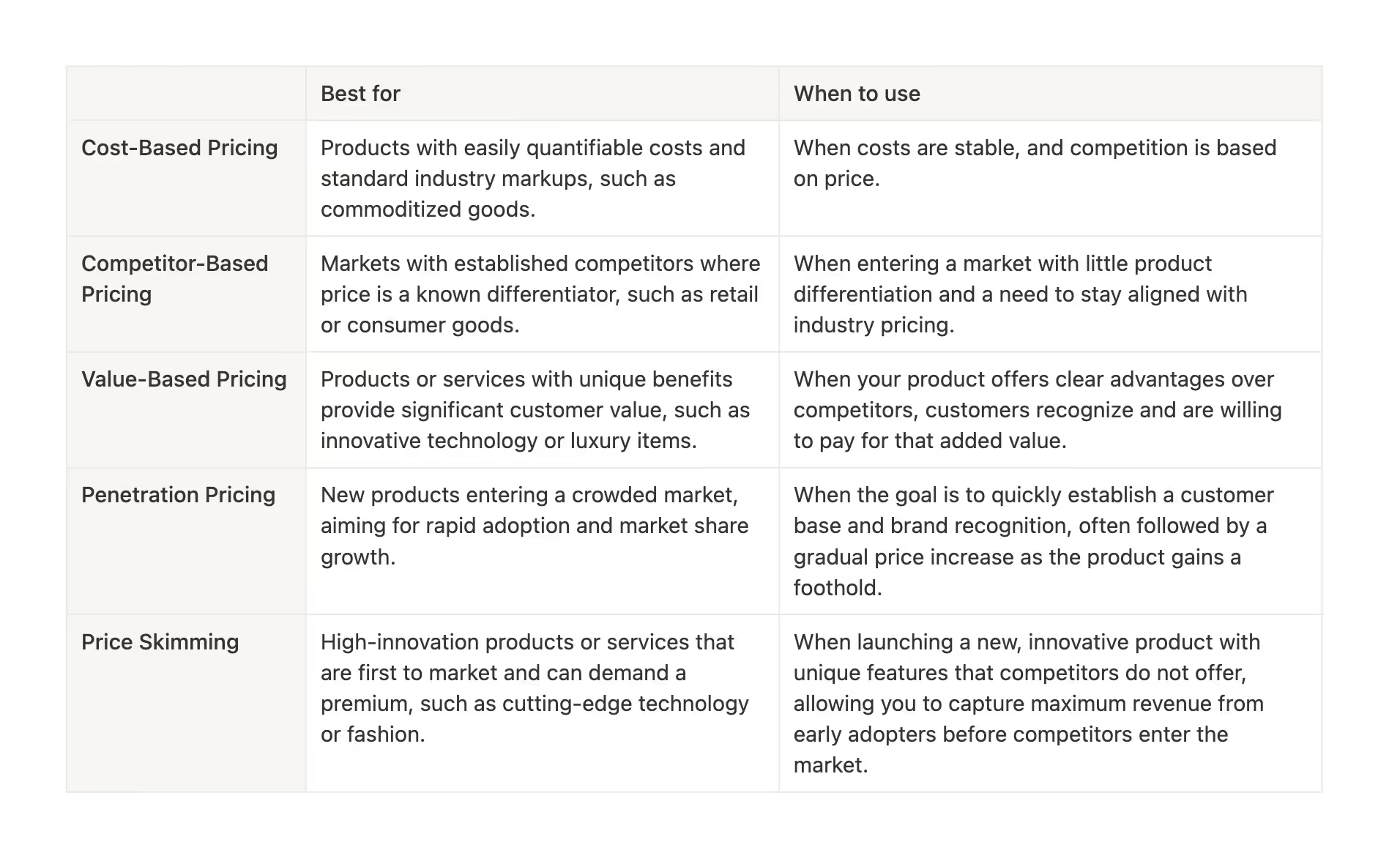
Selecting the right pricing strategy
To decide which pricing strategy is the best for your product or service, consider the following steps:
1. Analyze your costs: Ensure you have a clear understanding of your cost structure to avoid pricing that is not sustainable long-term.
2. Understand customer value: Conduct market research to gauge how much customers are willing to pay based on the perceived value of your product.
3. Evaluate the competitive landscape: Look at how similar products or services are priced and how your offering compares in terms of features, quality, and benefits.
4. Consider product life cycle: Determine where your product is in its lifecycle. New, innovative products may warrant price skimming, while more mature offerings might require a different approach.
5. Test and adjust: Be prepared to test different pricing levels and adapt based on customer response and market conditions.
Choosing the right pricing strategy is a dynamic process that may involve trial and error. It's crucial to be flexible and responsive to market feedback to fine-tune your pricing for optimal results.
Building an effective Go-to-Market Strategy
Crafting an effective go-to-market strategy is a foundational step in launching and nurturing your product's presence in the market. Maja Voje, a recognized growth marketing expert, emphasizes the importance of a customer-centric and data-driven approach to your GTM plan.

Maja Voje, Author of GTM Strategist
Identify and understand your target customer
Deep dive into customer insights: Use surveys, interviews, and analysis to build a comprehensive understanding of your customer's needs, preferences, and behaviors.
Market segmentation: Break down your market into manageable segments for targeted messaging and campaigns.
Clarify your value proposition
Differentiation: Clearly define what makes your product stand out in the marketplace.
Benefits over features: Communicate how your product benefits the customer, not just its features.
Choose your marketing channels wisely
Omnichannel presence: Be where your customers are, whether online, offline, or both.
Data-driven channel selection: Use data to determine the most effective channels for reaching your target audience.
Set a competitive pricing model
Market analysis: Research competitor pricing to ensure your product is competitively positioned.
Perceived value: Price your product according to its value to customers, not just the cost to produce it.
Develop a strong messaging framework
Consistent branding: Ensure your product messaging aligns with your overall brand voice and values.
Content strategy: Plan and execute a content strategy that educates, engages, and converts your target audience.
Plan a memorable launch
Strategic timing: Choose a launch date that maximizes visibility and takes advantage of market conditions.
Promotion plan: Use a mix of promotional tactics to generate excitement and drive initial customer acquisition.
Measure success and iterate
KPIs and metrics: Define success metrics that align with your business goals and measure them consistently.
Ongoing optimization: Use data to refine your approach, optimize channels, and improve customer experience.
Align Sales and Customer Support
Sales training: Equip your sales team with the knowledge and tools to sell your product effectively.
Customer Service excellence: Prepare your support team to provide outstanding service that enhances customer satisfaction and retention.
By integrating Maja Voje's insights into your go-to-market strategy, you can ensure that your approach is well-planned, agile, and responsive to the market's needs. An effective GTM strategy is one that evolves with your customer and uses data to make informed decisions, setting the stage for sustained growth and market success.
6 examples of product marketing strategies
1. Content marketing strategy
Content marketing is about creating valuable, relevant content to attract and retain a clearly defined audience. It can be an invaluable product marketing strategy, especially for SaaS products
Educate and engage: Produce articles, videos, and infographics that educate your audience about your product's benefits and industry.
Consistency is key: Regularly deliver quality content to establish authority and keep your audience engaged.
2. Search Engine Optimization (SEO)
SEO increases your product's online visibility by improving rankings in search engine results.
Keyword research: Identify and target specific keywords related to your product.
On-page optimization: Ensure your website's content, structure, and meta tags are optimized for search engines.
3. Product launch events
Product launch events generate excitement and buzz around a new product, and may fit well into your prodcut marketing strategy.
Strategic planning: Plan an event that showcases the product's features and benefits.
Engage attendees: Create interactive experiences for attendees to engage with the product.
4. Freemium model
The freemium model offers basic product features for free, with premium features available for a fee.
Encourage adoption: Attract users with no-cost options.
Upsell value: Clearly demonstrate the value of upgrading to the paid version.
5. Community building and engagement
Building a community around your product fosters loyalty and advocacy.
Create a platform: Use forums or social media groups to provide a space for user interaction.
Active participation: Regularly engage with the community to encourage discussion and feedback.
6. Partnership and co-marketing
Partnerships and co-marketing leverage mutual benefits from collaborative marketing efforts.
Identify synergies: Partner with companies that offer complementary products or services.
Shared campaigns: Create campaigns that benefit all involved parties and reach wider audiences.
Metrics and OKRs essential for a product marketing strategy
Effective product marketing strategies are driven by data. Key metrics and Objectives and Key Results (OKRs) help measure success and guide decision-making.
Defining OKRs
When setting OKRs (Objectives and Key Results) for your product marketing strategy, it’s important to ensure they are specific, measurable, and aligned with your business goals. Here are a few examples:
Example 1: Improve customer retention
Objective: Increase the retention rate of existing customers.
- Key Result 1: Reduce customer churn by 5% by the end of Q3.
- Key Result 2: Implement a customer loyalty program with a 20% adoption rate among repeat customers by Q4.
- Key Result 3: Increase customer support satisfaction scores by 15% by the year's end.
Example 2: Optimize conversion rates
Objective: Improve the efficiency of the sales funnel.
- Key Result 1: Increase website conversion rates from visitor to lead by 10% in the next quarter.
- Key Result 2: Boost lead-to-customer conversion rates by 5% by Q3.
- Key Result 3: Decrease the average time from lead to close by 15 days before Q4.
Example 3: Launch new product features
Objective: Successfully introduce new features to meet customer needs and stay ahead of competition.
- Key Result 1: Release three new features requested by users by the end of Q2.
- Key Result 2: Achieve a feature adoption rate of 30% among existing users within one month of release.
- Key Result 3: Garner 90% positive feedback on the new features from customer surveys within three months of launch.
Each of these OKRs is designed to provide a clear direction for the product marketing team, with measurable key results that allow for tracking progress and success. They are chosen to support various aspects of the product marketing strategy, from growth and retention to brand presence and product development.
Key metrics to track
You can ensure your product marketing strategy is on track to meet its goals by regularly reviewing metrics and aligning them with your OKRs. Adjust your tactics as needed based on these insights to drive continuous improvement and success.
Customer Acquisition Cost (CAC)
- Monitor spending: Track how much you spend to acquire a new customer.
- Optimize marketing: Use CAC to evaluate the efficiency of marketing campaigns.
Customer Lifetime Value (CLV)

- Predict revenue: Calculate the total revenue a customer is expected to generate over their lifetime.
- Balance with CAC: Aim for a CLV that is significantly higher than your CAC for profitability.
Net Promoter Score (NPS)

- Measure satisfaction: Use NPS to gauge customer satisfaction and the likelihood of recommending your product.
- Enhance product: Respond to feedback to improve the product and customer experience.
Conversion rate

- Measure effectiveness: Track the percentage of prospects who take a desired action, such as making a purchase.
- Improve tactics: Use conversion data to refine marketing messages and your sales teams' tactics.
Engagement metrics
- Assess content: Analyze how customers interact with your content and brand online.
- Drive strategy: Let engagement insights inform content creation and community management.
Market Share
- Gauge position: Understand your product's position in the market relative to competitors.
- Set growth targets: Use market share data to set realistic growth OKRs.
Incorporating the voice of the customer
Gathering feedback effectively
To understand and meet custmer needs, you have to collect diverse feedback. One of the easiest way to do it, is to capitalize on online surveys for structured and quantifiable feedback.
Craft questions to extract insights on customer satisfaction, product functionality, and areas for development. For example:
Net Promoter Score (NPS): Measure customer loyalty and the likelihood of referrals with a simple question about their willingness to recommend your product.
Customer satisfaction (CSAT): Assess immediate satisfaction levels post-purchase or interaction to gauge service effectiveness.
Product surveys: Deploy detailed questionnaires about your product to uncover usage patterns, feature relevance, and customer pain points.
User Experience (UX) surveys: Understand how customers interact with your product interface and where they encounter usability issues.
Market research surveys: Identify broader market trends, customer expectations, and position against competitors.
Post-purchase surveys: Collect feedback after purchase to evaluate the buying experience and identify any gaps in the sales process.
Each survey type serves a specific purpose and, when used collectively, they provide a comprehensive view of your product's position from multiple customer perspectives.
Implementing customer insights
The implementation of customer insights is vital for refining your product and its market approach.
- Data analysis: Examine survey responses to identify common themes and areas for improvement.
- Prioritize feedback: Determine which insights can have the most significant impact and align with your product goals.
- Feedback loops: After making changes based on customer insights, close the feedback loop by informing customers how their input has led to tangible product enhancements.
Continuous improvement and strategy adaptation
A winning product marketing strategy requires regular refinement and responsiveness to change.
Identifying action points
To keep your strategy effective, regularly identify areas for action.
Performance metrics: Review key performance indicators (KPIs) to spot underperforming areas.
Customer feedback: Analyze feedback for common issues or suggestions that need addressing.
Market trends: Stay updated on industry shifts that might influence your strategy.
Strategies for ongoing improvement
Ongoing improvement is about making consistent, strategic enhancements.
A/B testing: Regularly test variations in your marketing approach to optimize performance.
Learning culture: Encourage a team mindset focused on learning from successes and failures.
Agile response: Be prepared to quickly adapt your strategy in response to new data or market changes.
By continuously identifying action points and applying strategies for improvement, you can ensure your product marketing strategy remains dynamic and successful.
Design your product marketing strategy with Survicate
The key to crafting a winning product marketing strategy is to listen. Both to the nuances of your market and the needs of your customers.
This is what truly distinguishes successful products from those that fade away. Survicate can help you in this strategic process, offering a suite of features that enables you to capture customer insights, test product concepts, and refine messaging precisely.
Its intuitive design allows for quick survey creation, distribution across multiple channels, and in-depth AI text analysis can drive your product marketing strategy forward. Take the guesswork out of your marketing efforts and make those data-driven decisions with confidence.
Start optimizing your approach today. Sign up for a 10-day trial with full access to all the Business Plan features at no cost.











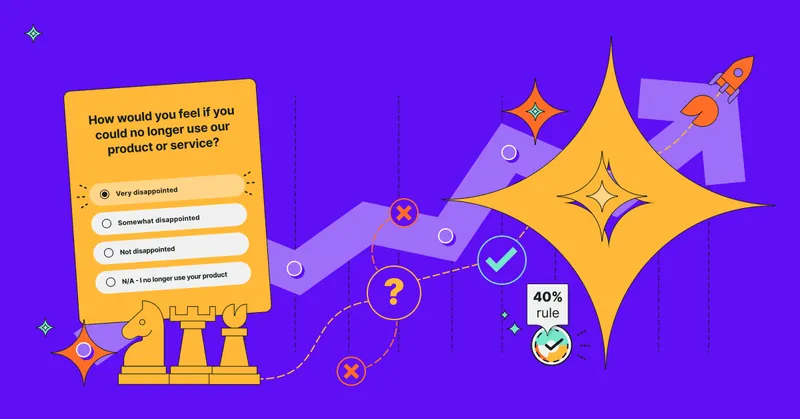



.svg)

.svg)



